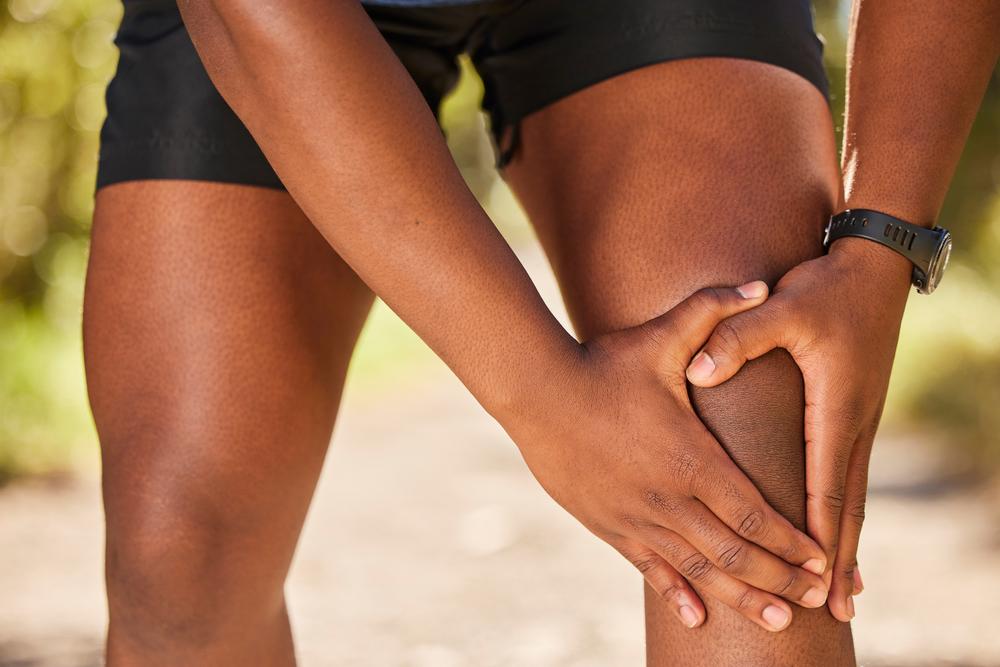Your knees are incredible joints that play an essential role in almost everything you do. They help support your weight and allow you to move freely as you walk, run, climb stairs or simply stand up. Knee pain is a common and unfortunate reality for many people, affecting people of all ages and activity levels.
There are several reasons why you may be experiencing knee pain. It could be due to issues such as:
- Sprained ligaments
- Cartilage tears
- Arthritis
- Tendinitis
- Weakness and imbalance
- Poor posture
Whatever the culprit is behind your knee pain, it’s essential to address it early on to help prevent it from becoming a bigger issue. One way to help alleviate your discomfort is through stretching. Stretching can help improve your flexibility, boost blood flow and support the muscles around your knee joint. Let’s explore how effective stretches can be to help manage knee pain and some physical therapist-approved stretches you can try.
Effectiveness of stretches on knee pain
Stretching is a simple yet powerful way that can help you manage knee pain. By gently stretching the muscles around your knee, you can improve your flexibility and reduce tension. Improving flexibility and reducing tension can lead to better movement and less knee pain. Physical therapists often recommend stretching as a part of a comprehensive approach to help manage knee pain.
When you stretch regularly, you can help keep the muscles around your knee joint flexible. Keeping these muscles flexible helps to support your knee better and may also help prevent injuries in the future. While stretching alone may not completely eliminate your pain, it can be an integral part of your overall treatment plan.
4 stretches that may help knee pain
Here are a few physical therapist-approved stretches you can try at home to ease knee pain. These stretches can be done in different positions — lying down, sitting or standing — making it easy for you to incorporate them into your daily routine.
- Quadriceps stretch — This stretch targets the quadriceps, the muscles at the front of your thigh. Strengthening your quad muscles can help better support your knee.
- Stand up straight and hold on to a chair or wall if needed for balance.
- Bend one knee and bring your heel toward your buttocks.
- Grasp your ankle with your hand and gently pull your heel closer to your buttocks.
- Hold this stretch for a few moments, release your ankle and gently return to starting position. Switch to the other leg and repeat the stretch.
- Hip flexor stretch — Knee pain can be due to tight hip flexors. This makes it important to stretch these muscles out.
- Start by kneeling on one knee with your other foot in front. Create a 90-degree angle with your legs.
- Keep your back straight and gently push your hips forward. You should feel a slight stretch in front of the hip on the kneeling side.
- Hold this stretch for a few moments; then gently return to your starting position. Switch your position so you can repeat the stretch on the opposite side.
- Gastrocnemius stretch — This stretch targets your calf muscles, which can also have an influence on your knees.
- Stand facing a wall, with one foot forward and the other foot back.
- Keep your back leg straight and your heel on the ground.
- Slowly lean toward the wall; you should feel a light stretch in your calf muscle.
- Hold this position for a few moments; then slowly return to your starting position. Change your leg positions and repeat the stretch on the opposite leg.
- Hamstring stretch — Your hamstrings help support your knee. Stretching your hamstrings can help reduce tension in the back of your thigh.
- Sit on the floor with both legs extended in front of you.
- Bend one knee and place your foot against the inner thigh of your straight leg.
- Keep your back straight and reach toward the toes of your straight leg.
- Hold this stretch for a few moments; then slowly return to your starting position. Switch legs and repeat the stretch.
If the knee pain keeps returning: What to do next
While these stretches can be beneficial and effective, it’s essential to understand that knee pain can sometimes return quickly, especially if the underlying issue causing your pain isn’t addressed. If you find that your knee pain continues even after stretching, you may need additional support in other stability and strengthening activities or physical therapy modalities such as:
- Manual therapy
- Balance and fall prevention
- Graston Technique®
- Dry needling
- Total Motion Release® program
Knee pain can be frustrating to deal with and have a significant impact on your everyday life, but incorporating these physical therapist-approved stretches into your daily routine may help reduce your discomfort and improve flexibility. Always listen to your body and seek professional help if your knee pain keeps lingering. By taking proactive steps today, you can bolster your knee health for a more active and healthier tomorrow.
Forever Fit can help empower you to overcome your knee pain
At Forever Fit, we believe in providing personalized and compassionate care tailored to your individual needs and concerns. Understanding the underlying cause of your knee pain is crucial for effective treatment. Our dedicated team of expert physical therapists is here to guide you through effective and beneficial stretches and recommend additional physical therapy approaches if needed to ensure that you receive comprehensive care. By combining targeted stretches with a wide range of therapeutic techniques, we aim to help you regain your mobility, reduce pain and improve your overall quality of life. Your journey to wellness is our top priority, and we are committed to supporting you every step of the way.
Contact our team today for more information or to schedule an initial appointment.

